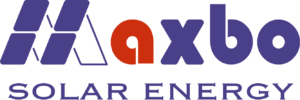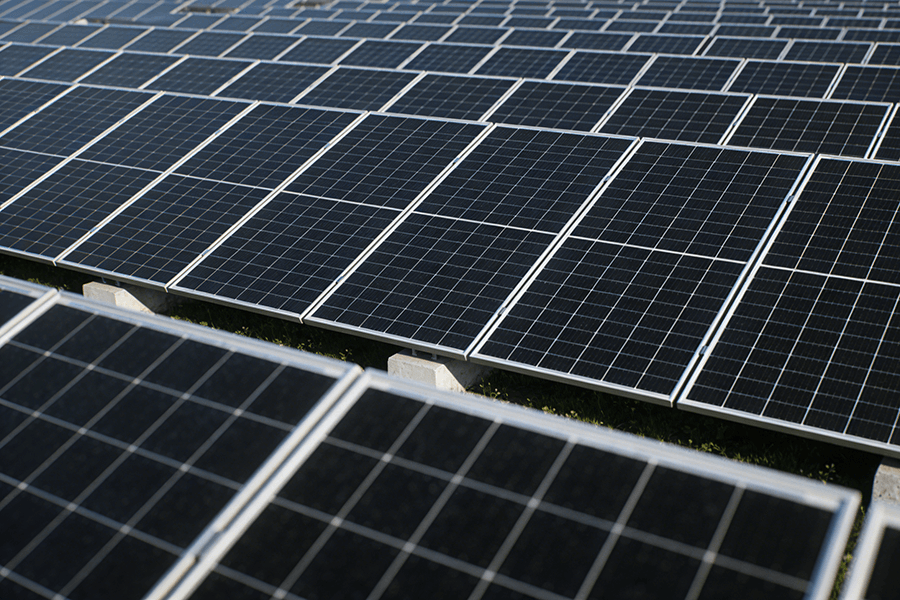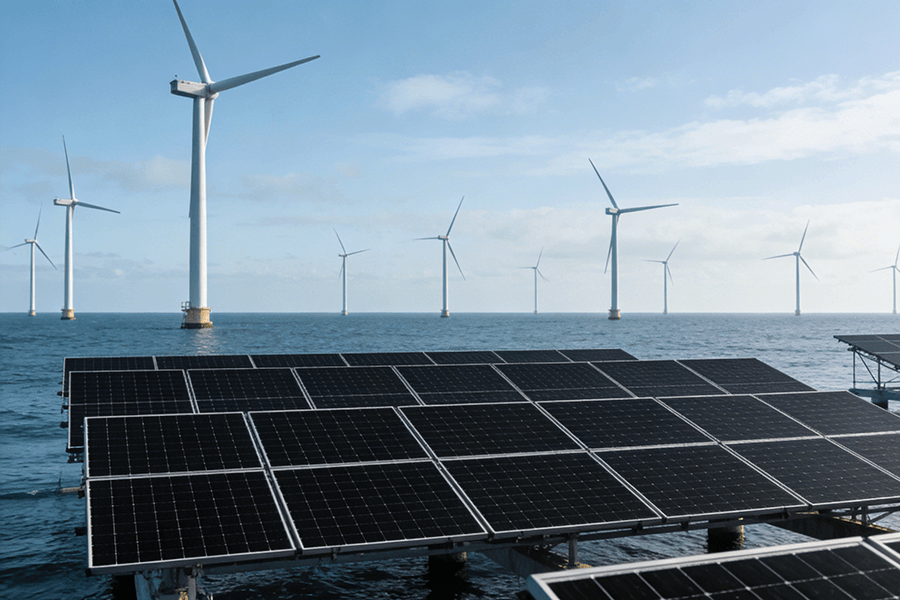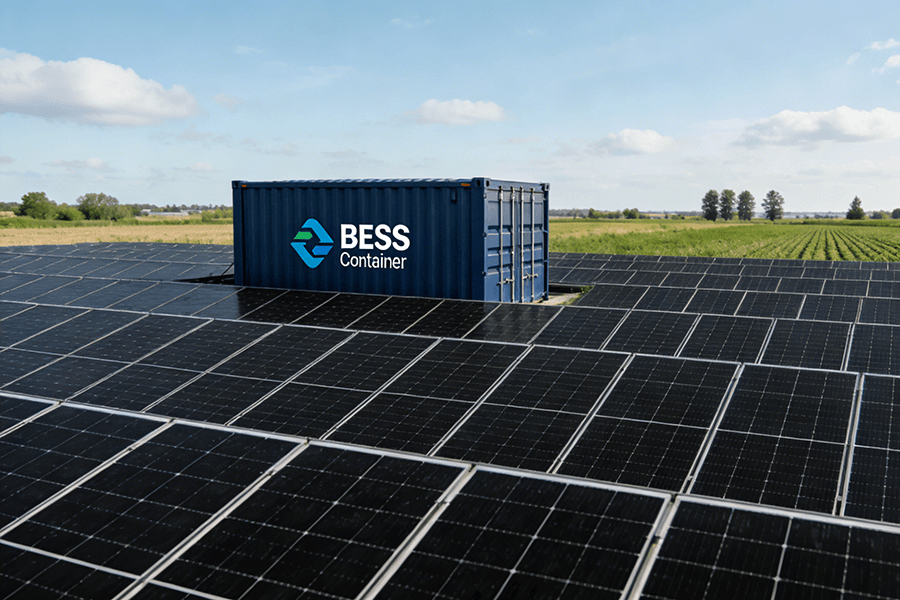Introduction
The development of home solar systems residential has experienced remarkable acceleration in recent years. This growth can be attributed to a combination of factors that have converged to create a perfect environment for solar energy adoption. In this article, we will explore the reasons behind the rapid expansion of residential solar systems.
Declining Costs:
The primary driver of the rapid growth in home solar systems is the substantial decrease in the cost of solar panels and associated technologies. Over the past decade, the cost of solar panels has plummeted, making them more affordable for homeowners. This cost reduction has lowered the financial barrier to entry, allowing more people to consider installing solar systems.
Government Incentives:
Governments around the world have recognized the importance of renewable energy and have implemented various incentives and policies to promote the adoption of solar power. These incentives include tax credits, rebates, and feed-in tariffs, which can significantly reduce the upfront cost of installing home solar systems.
Environmental Awareness:
Growing environmental consciousness has led to increased interest in sustainable energy sources. Homeowners are increasingly motivated to reduce their carbon footprint and contribute to the fight against climate change. Solar energy offers a clean and renewable alternative to traditional fossil fuels, aligning with these environmental goals.
Energy Independence:
The desire for energy independence is another driving factor. Home solar systems allow homeowners to generate their electricity, reducing their reliance on centralized power grids and minimizing the impact of grid outages. This autonomy appeals to individuals seeking greater control over their energy supply.
Technological Advancements:
Ongoing advancements in solar technology have improved the efficiency and performance of solar panels and inverters. Higher efficiency panels mean that homeowners can generate more electricity in less space, making solar installations more practical for a wider range of homes.
Net Metering:
Many regions have implemented net metering policies, which allow homeowners with solar systems to sell excess electricity back to the grid. This arrangement not only provides a financial incentive but also encourages more homeowners to invest in larger, more productive systems.
Energy Savings:
Homeowners are attracted to the potential for substantial energy savings. By generating their electricity, they can reduce or even eliminate their monthly electricity bills. These savings can be especially appealing in areas with high electricity rates.
Financial Viability:
With falling costs and the potential for energy savings, home solar systems have become increasingly financially viable. The return on investment (ROI) for solar installations has improved, making them an attractive long-term financial option.
Improved Financing Options:
Access to financing options, such as solar leases and power purchase agreements (PPAs), has made solar installations more accessible to homeowners who may not have the capital for an upfront purchase. These financing models allow homeowners to pay for solar systems gradually over time.
Peer Influence and Word of Mouth:
As more homeowners install solar systems, the visibility of solar energy increases. Positive experiences and energy savings shared among friends and neighbors create a snowball effect, further fueling the adoption of home solar systems.
Conclusion
The rapid growth of home solar systems residential can be attributed to a combination of factors, including declining costs, government incentives, environmental awareness, energy independence, technological advancements, net metering policies, energy savings, financial viability, improved financing options, and peer influence. As these factors continue to align, the expansion of residential solar systems is likely to persist, contributing to a more sustainable and environmentally conscious energy landscape. The widespread adoption of solar energy represents a pivotal step toward reducing carbon emissions, mitigating climate change, and ensuring a brighter future for generations to come.
If you want to customize your own photovoltaic solution today, please contact us.




